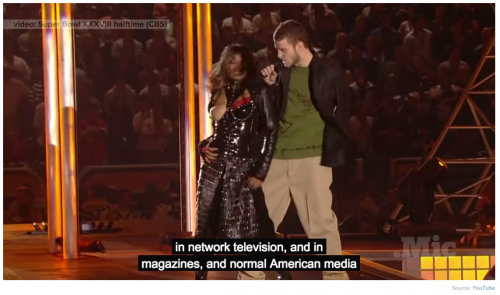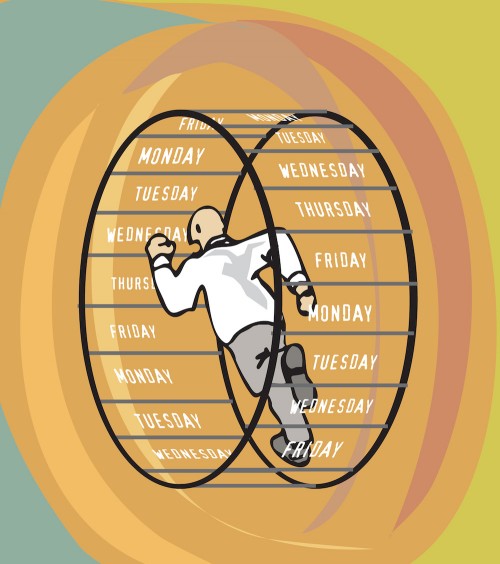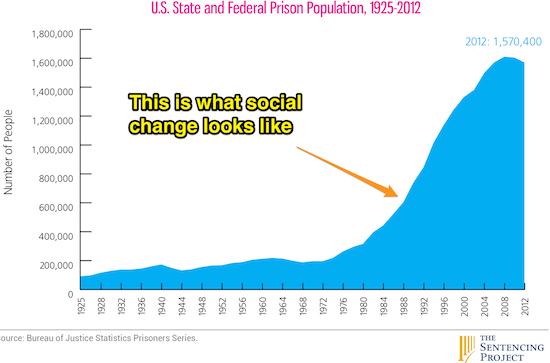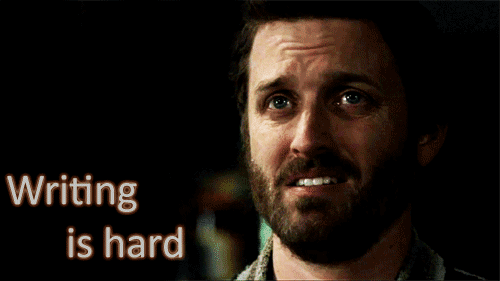This post is written by Todd Beer and was originally published on his excellent website SociologyToolbox.com
Examples of the social construction of the body are prevalent in the media’s objectification of the female body in particular. See the famous documentary Killing US Softly 4 for numerous patterns in the media. The biological body has purposes driven by genetics and “human nature”, but the meanings we as a society apply to the body are not fixed, “natural”, or static. They are socially constructed.
The nipple is a great example. Biologically, both men and women have nipples, albeit with slightly different levels of functionality. However, socially the symbolic meaning of men’s and women’s nipples is dramatically different in most societies. Women’s nipples are sexualized, objectified, censored, and stop Super Bowl halftime shows.
Men’s nipples get to be on display… when we’re running, doing yard work, in yoga class, in primetime television, and in advertising.



















